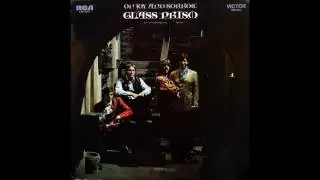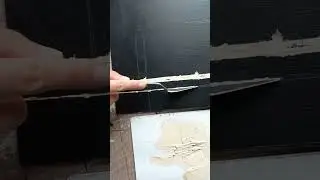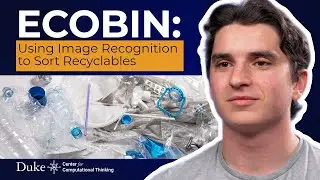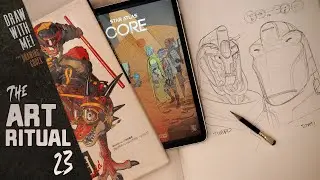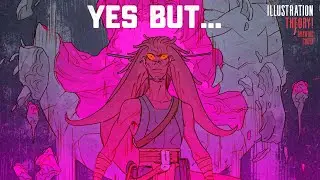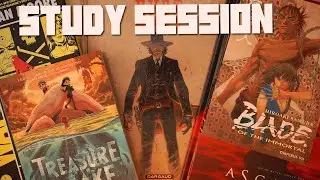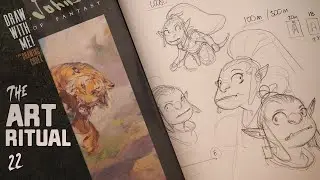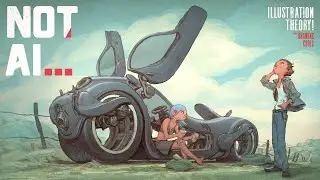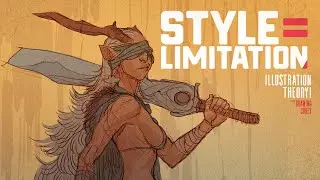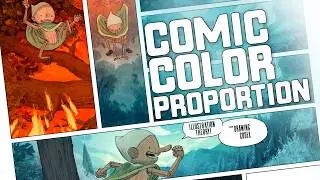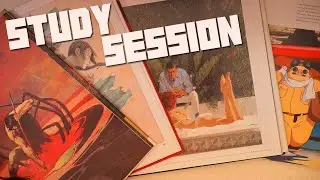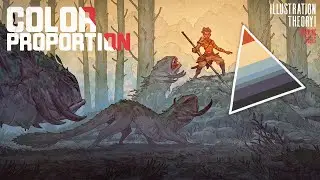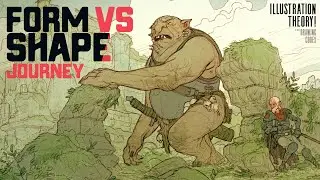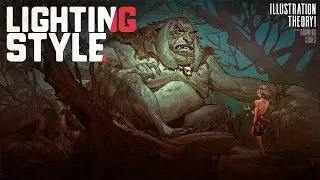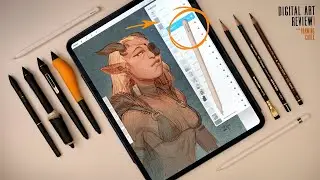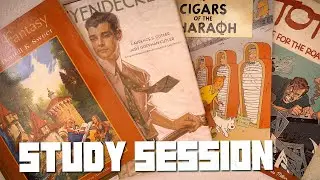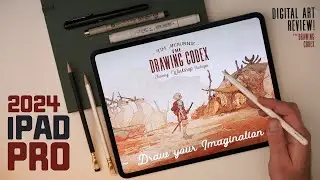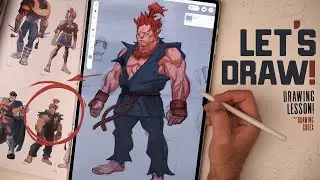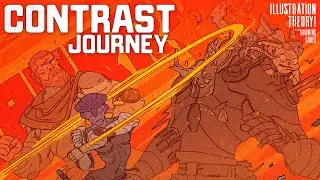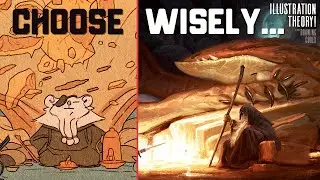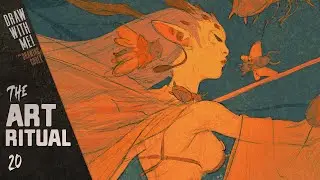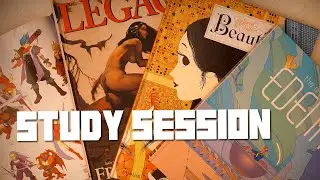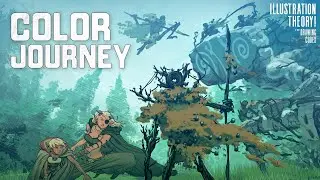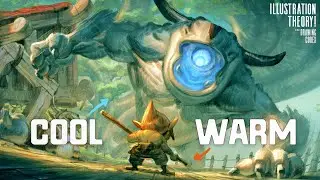How Detailed Should Your Thumbnails Be???
Check out my Free Illustration Mini Workshop where I share my journey from Amateur to Pro: https://www.thedrawingcodex.com/illus...
You will get some simple advice on how to get more detail and polish in your work. How to think about composition. And my thoughts on how to prepare for professional work.
Let's talk thumbnails (and what they might look like for both your personal and professional work!)
Below is an Automagically created summary to help with search and for easy reference:
------
Determining the right level of detail for thumbnails is crucial for translating the vision in your head to a finished image. This process is not just about your personal workflow but also about effectively involving others, such as art directors, clients, and team members, in your creative process. Thumbnails, preliminary roughs, and various stages of artwork development are essential for clear communication, especially when working with those who may not be visually literate.
In my experience, the key to a successful professional practice involves creating detailed thumbnails that closely represent the final image. This approach ensures that everyone involved in the project has a clear understanding of the direction and can provide informed feedback. It's about building trust and maintaining a good working relationship throughout the project lifecycle.
For personal work, the approach can be more flexible. I often use rougher thumbnails as I have a clear vision in my head of the final outcome. However, when working with others, especially in a professional setting, it's important to adjust the level of detail based on the project's needs and the visual literacy of the collaborators.
Effective communication and involving others in the creative process are crucial. By sharing the development stages, from thumbnails to finished pieces, you create a collaborative environment. This involvement not only builds trust but also ensures that everyone is on the same page, reducing the likelihood of major revisions later.
Lastly, the goal is always to balance efficiency with clarity. Whether working on concept art, illustration, or comic books, the level of detail in your thumbnails should provide enough information to advance the project while allowing for creative flexibility. It's about finding the minimum viable product that can move the project forward efficiently.
Remember, when the creative process is collaborative, including others effectively from the start can lead to more successful and fulfilling projects.
------
The principals of composition and picture making are time honoured and well understood. But figuring out how to apply them to your work right now is a challenge! Often we need to focus on the types of images we want to create and understand how things like compositional principals will help us specifically!
Happy Drawing!
Tim Mcburnie
Learn Drawing and Illustration from me: www.thedrawingcodex.com
Portfolio: www.timmcburnie.com
www.artstation.com/tim-mcburnie
www.instagram.com/timmcburnie
twitter.com/timmcburnie
